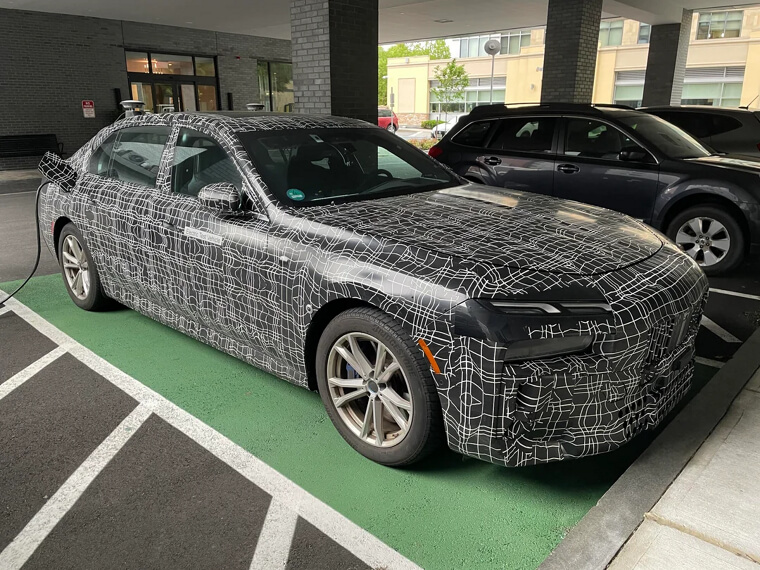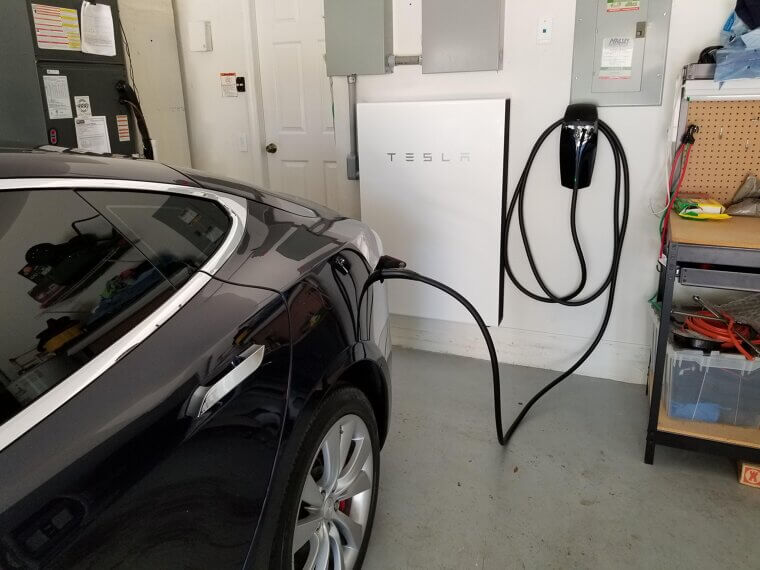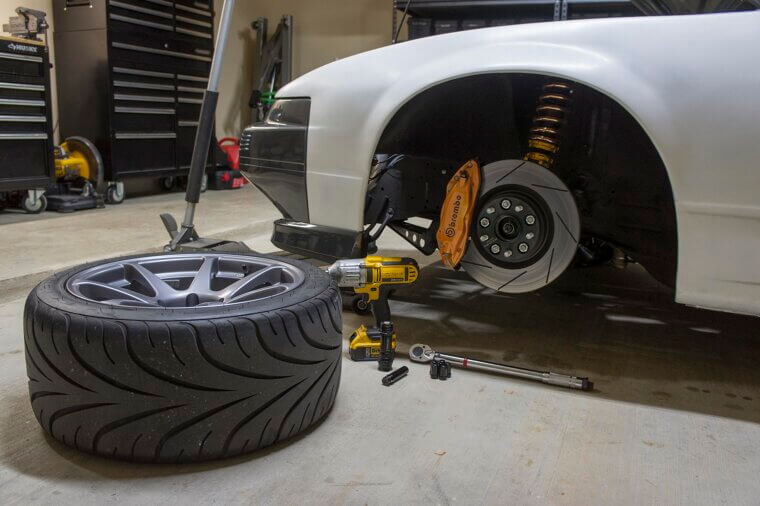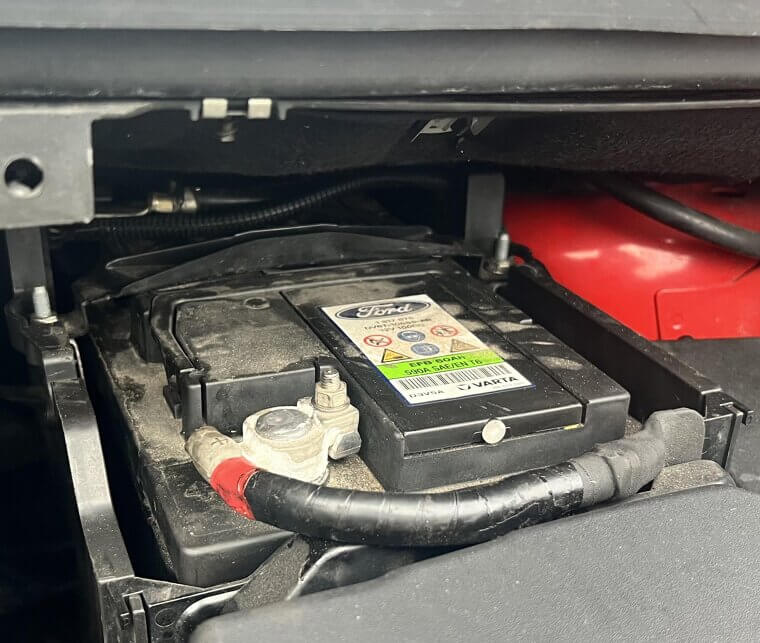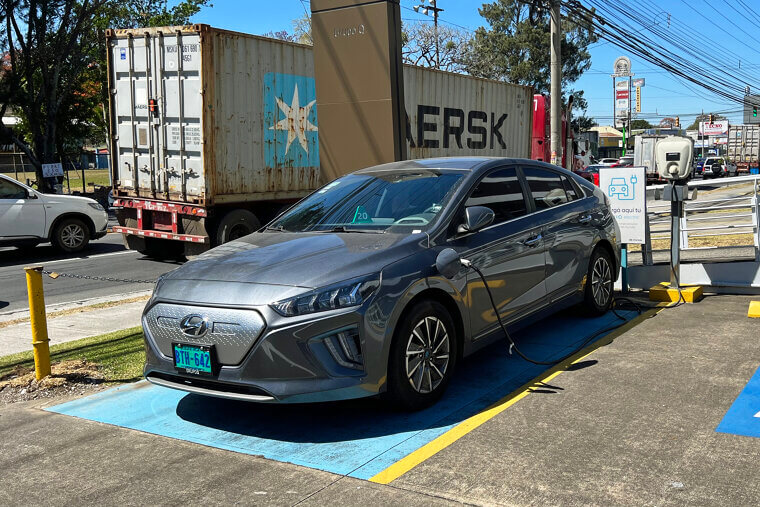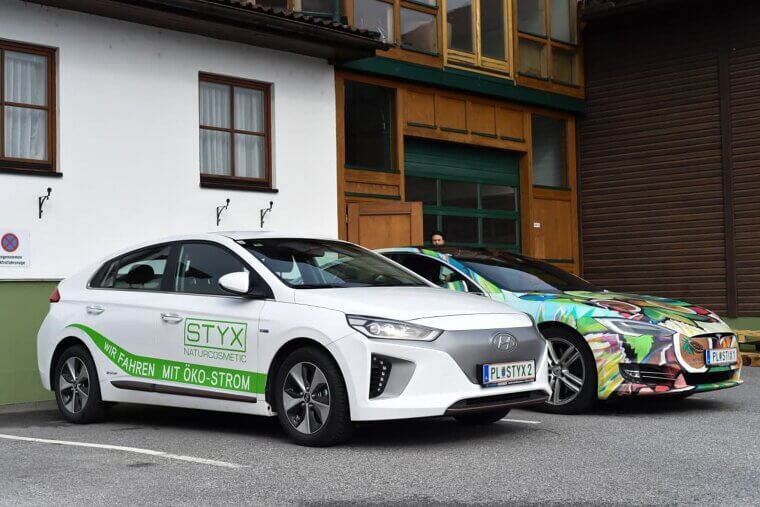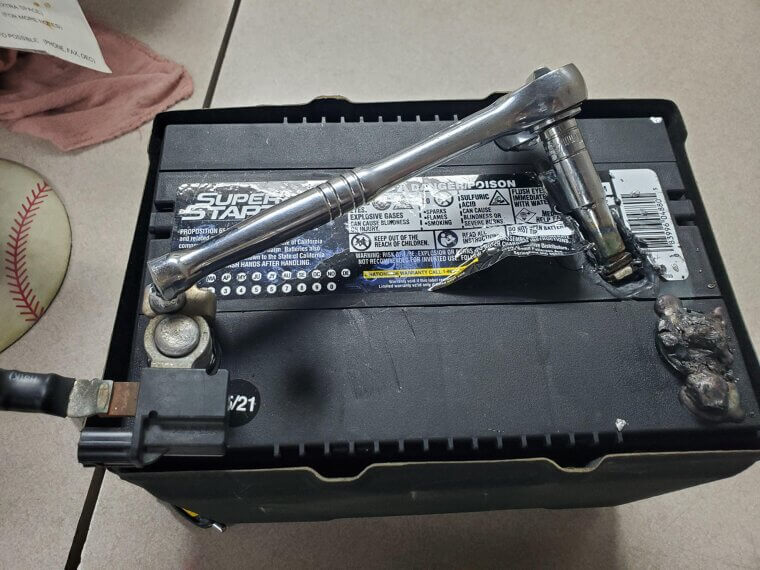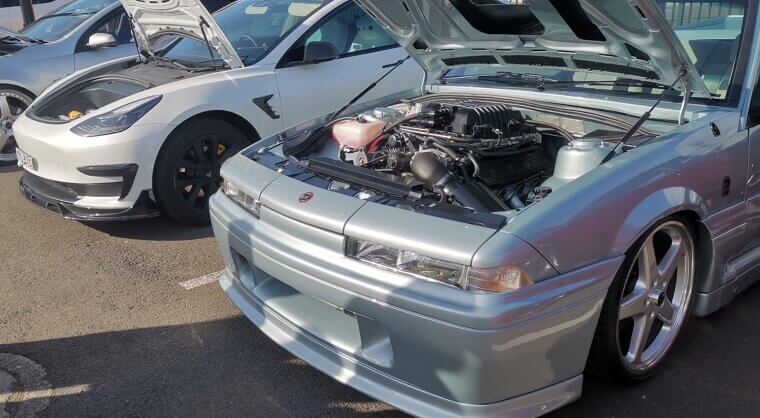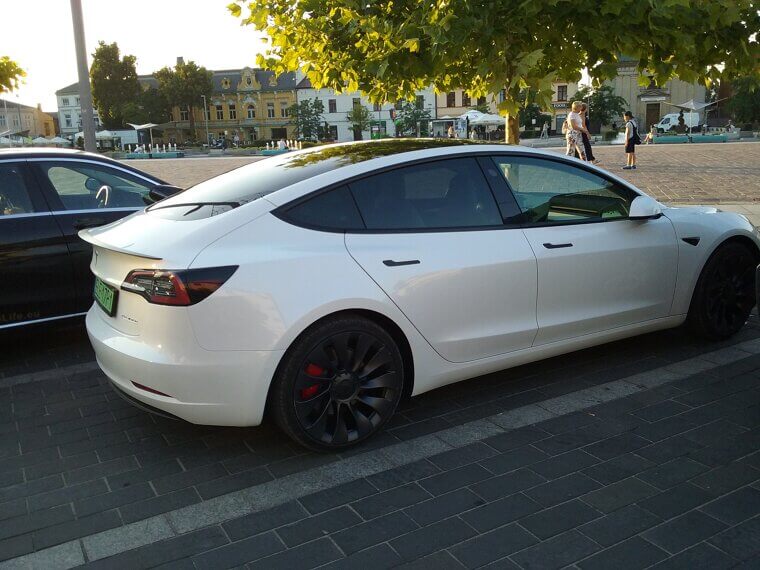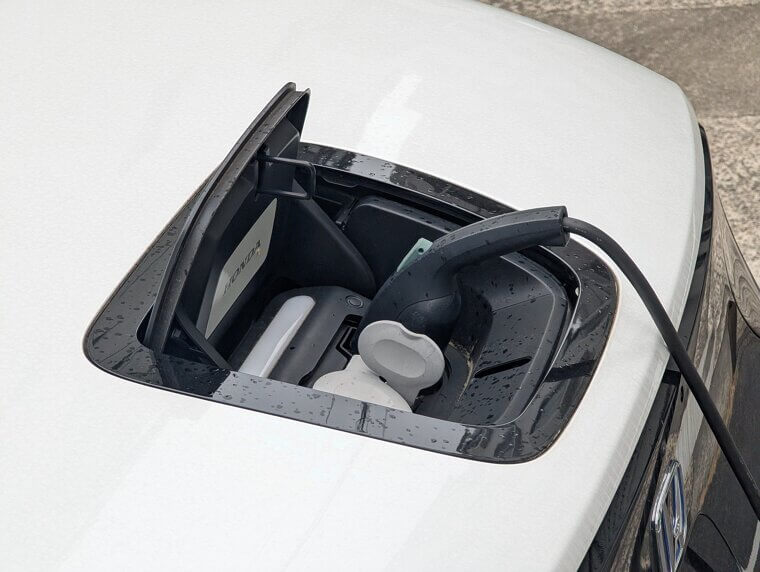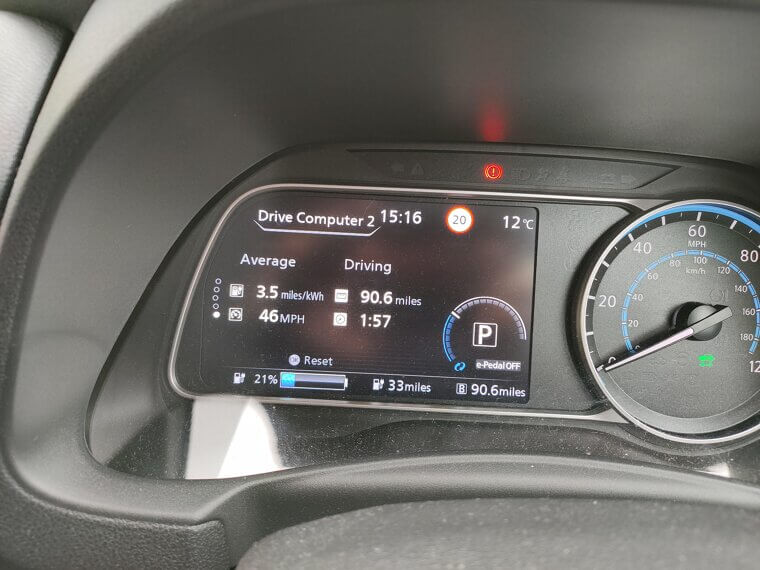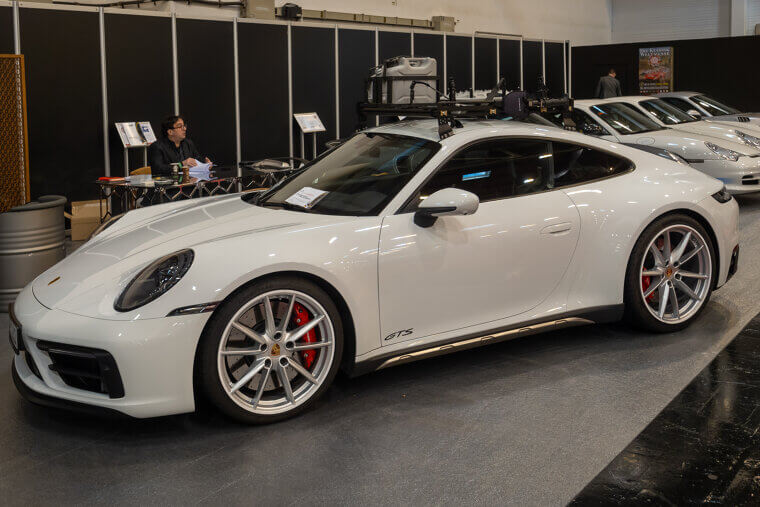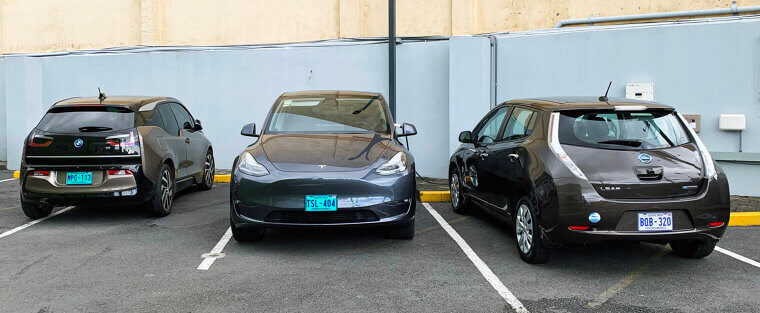Plan for Cold Weather Performance
Batteries behave differently in cold climates. Range can drop, and charging may slow. If you live somewhere chilly, ask how your chosen EV handles winter. Features like heat pumps or battery preconditioning can help. Planning ahead keeps you moving when the frost sets in!
Research EV Brands and Reliability Ratings
Different brands have had varying lengths of time in the EV market. Examine consumer reviews, service networks, and dependability ratings. If the vehicle spends more time in the shop than on the road, a clean design is meaningless!
Consider Home Charging Installation Costs
Plugging into a socket is only one aspect of installing a home charger. Permits or electrical upgrades might be required. To avoid being caught off guard, obtain quotations before purchasing your EV.
Understand Regenerative Braking and Driving Modes
EVs often feature regenerative braking, which recaptures energy as you slow down. It feels different at first, but it soon becomes second nature. Driving modes, such as Eco or Sport, also change how the car responds.
Compare Battery Sizes and Charging Times
Range and recharge time are both impacted by battery capacity. While some models consume power quickly, others do so more slowly. You need to find a balance that works for your lifestyle, particularly if you're a quick learner or constantly on the go.
Learn the Difference Between Level 1, 2, and DC Fast Charging
No two charging systems are the same. DC fast charging gets you going quickly, Level 2 is ideal for overnight use, and Level 1 is a slower, steadier option. Knowing these choices enables you to organize where and how you will refuel, whether at home, at work, or while traveling.
Check Local Charging Station Availability
You should look for public chargers in your neighborhood and on your usual trips before committing. Apps might be useful, but access in the real world is important. Home charging becomes crucial if there is a lack of a charging network in your community.
Explore Government Grants and Incentives
Many areas offer incentives for switching to electric vehicles, including tax credits, rebates, and reduced registration costs. A costly EV may become more accessible thanks to these incentives. After all, who doesn't enjoy free money?
Understand Your Daily Driving Range
Begin by recording the actual distance you go each day. Most EVs can easily cover typical commutes; however, choosing one depends on your habits. Range is important for road trips and errands, and it's best to plan rather than to panic when your battery is low.
Decide Between Fully Electric or Plug-In Hybrid
Not prepared to fully commit? Plug-in hybrids have a gasoline backup in addition to electric propulsion. Fuel is completely avoided by fully electric automobiles. Your decision is influenced by your driving style, availability of charging stations, and level of change tolerance.
Test Drive Multiple Models for Comfort and Feel
Nothing compares to being behind the wheel, even though specs are useful. To find out how they handle, how quiet they are, and whether the seats fit your frame, try out a few types. Comfort, visibility, and usability are crucial, especially if you plan to drive every day.
Review Warranty Coverage for Battery and Drivetrain
EV and conventional warranties often differ. The battery is the central component of your car, so pay attention to its level of coverage; generous terms are provided by certain manufacturers, but not by others.
Factor in Long-Term Maintenance Savings
EVs eliminate the need for several moving parts, spark plugs, and oil changes. That will eventually result in fewer trips to the garage and cheaper expenses. Therefore, the long-term savings accumulate, even though the initial costs may be high.
Check Boot Space and Passenger Room
Electric vehicles come in all shapes and sizes. Some have roomy interiors; others sacrifice space for sleek design. If you regularly haul groceries, gear, or grandkids, make sure the boot and back seats meet your needs. Practicality should ride alongside style.
Compare Insurance Costs for EVs
Insurance premiums for electric vehicles can vary. Some models are more expensive to cover due to their repair complexity or limited parts availability. Get quotes before buying so you’re not caught off guard. A little research now can save you money - and headaches - once you’re ready to hit the road.
Read Real Owner Reviews and Forums
Specs tell one story; owners tell another. Browse forums and reviews to hear what daily life with your chosen EV is really like. You’ll learn quirks, tips, and common complaints. It’s like chatting with neighbors before buying - only they’ve already lived with the car.
Ask About Software Updates and Connectivity Features
Modern EVs are part car, part computer. Some receive over-the-air updates that improve performance or add features. Others require dealer visits. Check what your chosen model offers and how often updates roll out.
Review Safety Ratings and Crash Test Results
Safety matters, especially with new technology. Research crash test scores and active safety features, such as lane assist or emergency braking. EVs often perform well, but it’s worth confirming. Peace of mind comes from knowing your car protects you when it counts.
Understand How EVs Handle Towing or Roof Racks
Planning to tow a trailer or mount bikes on the roof? Not all EVs are built for it. Check towing capacity and roof load limits. Some models excel, others aren’t designed for heavy lifting. Knowing this upfront avoids disappointment—and strained suspension.
Look Into Resale Value and Depreciation Trends
EVs and gasoline-powered vehicles degrade in distinct ways; while some models depreciate rapidly, others retain value well. To determine what your future trade-in might be worth, consider resale patterns.


